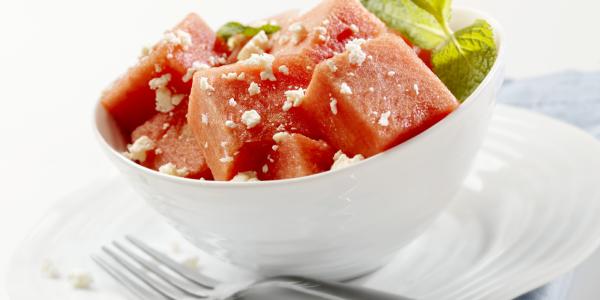
What are kidney stones?
Kidney stones occur when substances in the urine become concentrated into solid form. One in 12 people develop kidney stones, and they are two to three times more common in men than in women. Obesity and dehydration put you at higher risk, as does living in the so-called "stone belt" - certain Southeastern states.
What are the symptoms?
Symptoms include the sudden onset of pain in the right or the left side, nausea, and blood in the urine.
When should I see a doctor?
Make an appointment with your doctor if you have any signs and symptoms that worry you. Seek immediate medical attention if you experience:
- Pain so severe that you can't sit still or find a comfortable position
- Pain accompanied by nausea and vomiting
- Pain accompanied by fever and chills
- Blood in your urine
- Difficulty passing urine
What is the treatment?
Using imaging, we determine the stone's size and location. If it's small, we provide pain control, increase hydration and let it pass on its own. If it's larger, we use technology to break it up.
Any advice for preventing stones?
Stay hydrated. Limit sodium and foods containing oxalates, including nuts, red meat, chocolate, coffee and tea.
This article first appeared in the January 2015 edition of the HealthPerks newsletter.

